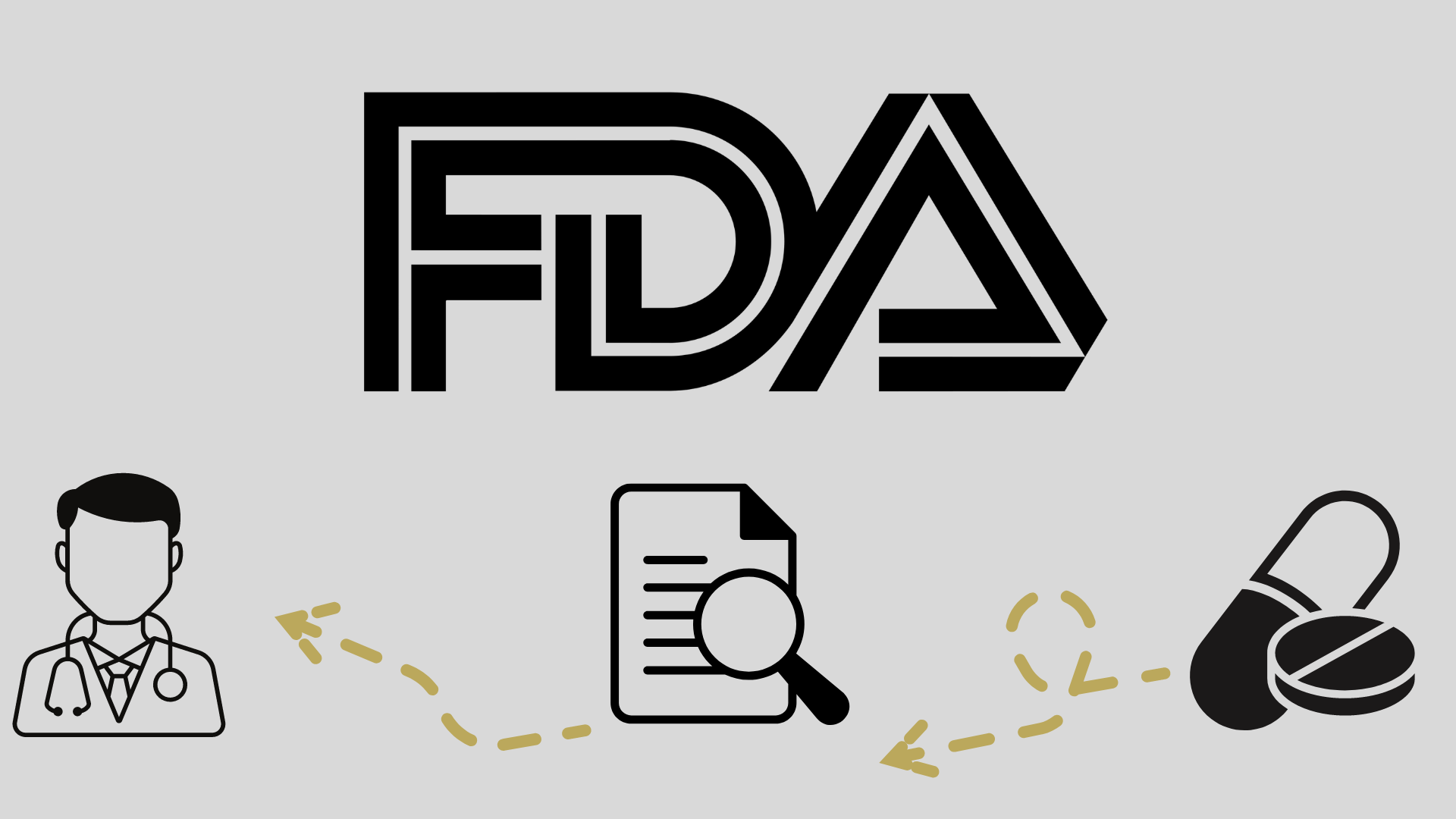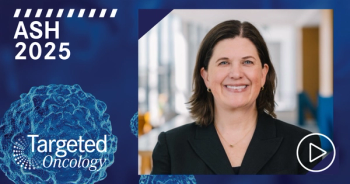
FDA Accepts Application of Tab-Cel, First-in-Class Therapy for EBV+ PTLD

The FDA has accepted and granted priority review to tab-cel, a treatment for Epstein Barr virus-positive posttransplant lymphoproliferative disease.
- The FDA has accepted and granted priority review to the biologics license application (BLA) of tabelecleucel (tab-cel; Ebvallo) for the treatment of Epstein-Barr virus-positive (EBV+) posttransplant lymphoproliferative disease (PTLD).
- A Prescription Drug User Fee Act (PDUFA) target action date of January 15, 2025, has been set.
- If approved, tab-cel would become the first FDA-approved therapy in the US for EBV+ PTLD.
The BLA of tab-cel, an off-the-shelf, allogeneic, T-cell immunotherapy, has been accepted and granted priority review by the FDA for the treatment of adult and pediatric patients aged 2 years and older with EBV+ PTLD who have received at least 1 prior therapy. A PDUFA target action date of January 15, 2025, has been set.1
There are currently no FDA-approved therapies in this setting, marking a notable unmet need for patients.
“The acceptance of the tab-cel BLA is a significant milestone towards making this first-of-its-kind treatment available to patients in the US,” said Pascal Touchon, president and chief executive officer of Atara, in a press release. “The FDA’s granting of priority review highlights the high unmet need in EBV+ PTLD, which is a devastating disease with limited treatment options and a poor overall survival rate. We continue to work closely with the Pierre Fabre Laboratories team to help prepare for the potential launch in the US in early 2025, along with the potential label expansion multicohort phase 2 EBVision trial [NCT04554914].”
The BLA is supported by data from the phase 3 ALLELE study (NCT03394365). The study investigated tab-cel in 43 patients with EBV+ PTLD following hematopoietic cell transplant (HCT) or solid organ transplant (SOT) after rituximab (Rituxan) and chemotherapy failed. Patients received tab-cel at 2 x 106 cells/kg on days 1, 8, and 15 of 35-day cycles.2
The overall response rate (ORR) was 51.2% (95% CI, 35.5%-66.7%). The ORR in patients who underwent HCT (n = 14) was 50.0% (95% CI, 23.0%-77.0%), and 51.7% (95% CI, 32.5%-70.6%) in patients who received SOT (n = 29). The median time to response was 1.0 month (range, 0.7-4.7). Out of the 22 responders, 12 had a duration of response (DOR) longer than 6 months, and the median DOR was 23.0 months (95% CI, 6.8-not evaluable [NE]).
The median overall survival (OS) was 18.4 months (95% CI, 6.9-NE) in the overall population, not reached in the HCT population (95% CI, 5.7-NE), and 16.4 months (95% CI, 5.0-NE) in the SOT population. One-year OS rates were 61.1% (95% CI, 43.7%-74.5%) in the overall population, 70.1% (95% CI, 38.5%-87.6%) with HCT, and 56.2% (95% CI, 34.6%-73.2%) with SOT.
Regarding safety, serious treatment-emergent adverse events (TEAEs) were reported in 57.1% of patients in the HCT group, and 7.1% of patients experienced a fatal TEAE. In the SOT group, 51.7% and 13.8% experienced serious and fatal TEAEs, respectively. No fatal TEAEs were deemed related to treatment. There were no reports of tumor flare reactions, infusion reactions, cytokine release syndrome, immune effector cell-associated neurotoxicity syndrome, marrow rejection, or transmission of infectious diseases. There were no reports of graft-vs-host disease or organ rejection that were considered related to tab-cel.
Previously, tab-cel was granted FDA breakthrough therapy designation and orphan drug designation for the treatment of rituximab-refractory EBV-associated lymphoproliferative disease.1








































